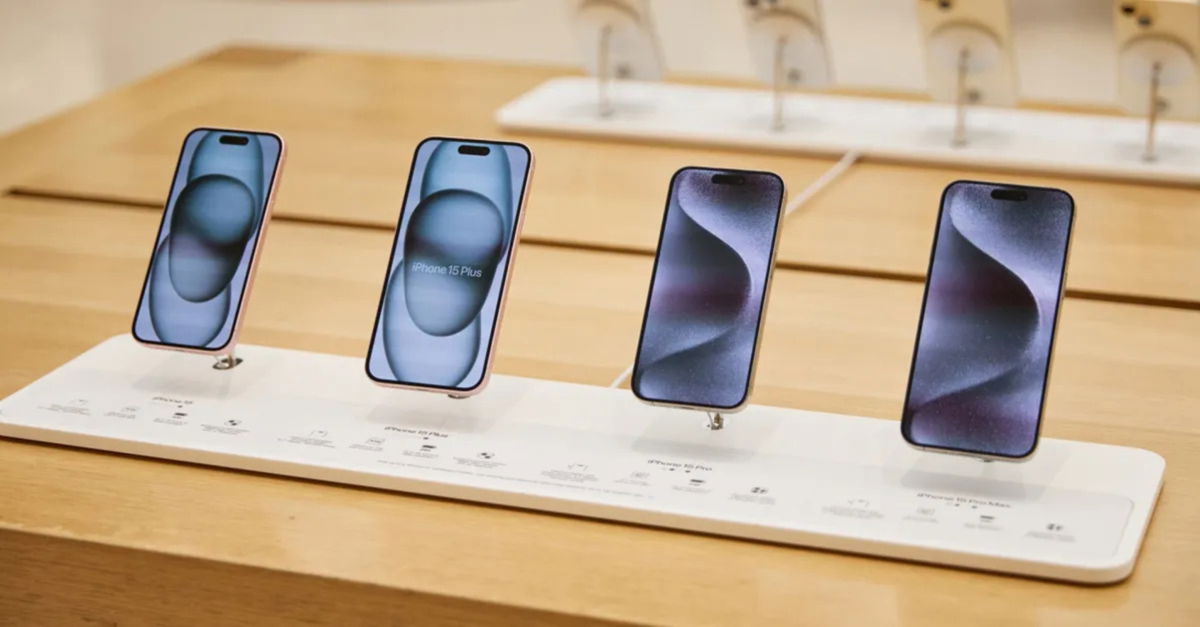We’re now starting to get fairly regular updates on the iPhone 16 later this year, but every now and then the rumor mill coughs up something regarding a later generation. Like this week’s announcement that Apple plans to upgrade screen technology across the entire iPhone 17 lineup next year.
Currently, Apple iPhones use a mix of OLED display types: LTPO (or low temperature polycrystalline oxide) on the Pro models and LTPS (low temperature polycrystalline oxide). silicon) on the rest. LTPO is a more advanced and overall better choice due to its ability to dynamically adjust the refresh rate based on what is displayed on the screen and, therefore, reduce power consumption. In other words, LTPO is closely related to Apple’s ProMotion technology, which can adjust the refresh rate of Pro-class iPhones up to 120Hz without draining the battery.
Perhaps more importantly for users, LPTO also allows Apple to lower the refresh rate down to 1Hz to enable its always-on feature that lets you see the time and widgets without draining the battery. Apple introduced the always-on feature with the iPhone 15, but so far has kept it as a feature on Pro phones. LPTO technology will open the door for Apple to introduce it to cheaper iPhones as well, much like the Dynamic Island with the iPhone 15.
Limiting a major feature to the most expensive models in a line makes commercial sense, because it pushes customers to spend more money. (We’ve previously written about the upsell strategy that Apple has been leaning into in recent years.) But eventually, it needs to spread to a wider range… and for ProMotion, that time seems to be planned for fall 2025. According to The Elec, all four iPhone 17 models will feature LTPO displays, which likely means they will all benefit from always-on ProMotion and probably as well.
Elec quotes an industry official as saying (via Google Translate from the Korean original): “Because the product change between last year’s iPhone 15 and this year’s iPhone 16 series is small, The iPhone 17 series must differentiate itself by applying LTPO to the lower range.
The complication in all of this involves BOE, a Chinese supplier that has been making OLED displays for Apple’s iPhones since 2021. BOE has the capacity to make LTPO displays – The Elec notes that it already does this for some Chinese smartphone companies like Huawei. – but it’s not up to par for Apple, probably because of quality control issues. Elec predicts that Apple “should organize some sort of ‘training’ to improve BOE’s LTPO technology.” If this does not resolve the problem, reveals the same industrial source, Apple will continue its plan without the help of BOE.








